
According to NOAA’s Regional Snowfall Index, the January 22–24, 2016, snowstorm ranked as a Category 5 —“crippling”—event for both the Northeast and Southeast.

According to NOAA’s Regional Snowfall Index, the January 22–24, 2016, snowstorm ranked as a Category 5 —“crippling”—event for both the Northeast and Southeast.
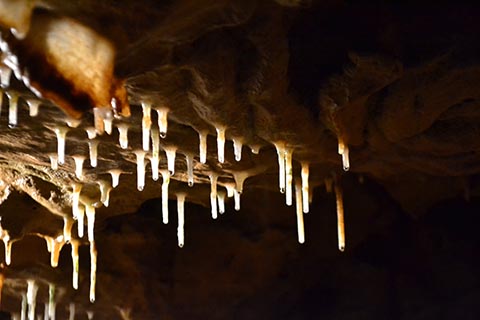
One of nature’s truly awe-inspiring creations, caves and the unique rock formations inside them are not only breathtaking but are also natural recorders of climate.
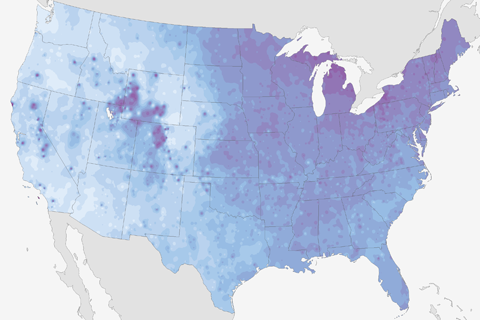
For some states, the coldest day of the year usually occurs near the start of winter, while for others it comes near the end. This map reveals when history says your state will have its coldest day of the year.

For those of you dreaming of a white Christmas, NOAA has a map showing the historic probability of your dream coming true.
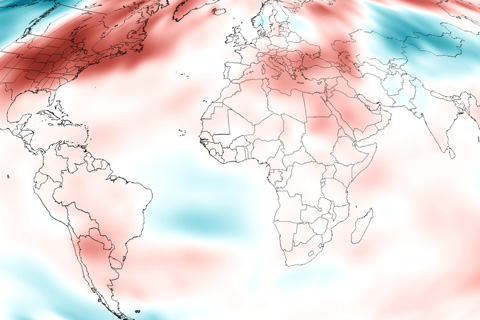
Since 1976, every year has been warmer than the long-term average, and 2012 continued the trend: the global surface temperature ranked among the top 10 warmest years on record.

Earth's atmosphere includes billions and billions of gallons of evaporated water: in fact, water vapor is Earth's most abundant greenhouse gas.
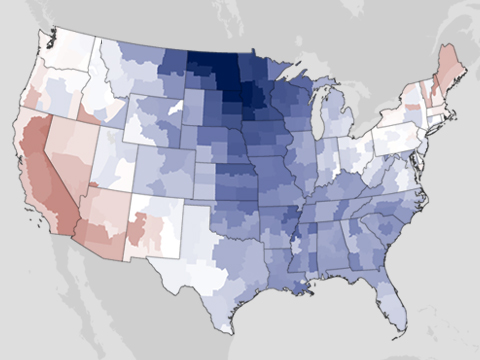
Until a warmer-than-average May, spring 2013 was reluctant to arrive for a majority of the United States. The country’s overall average spring temperature was the coolest since 1996, and it was also the first season in the contiguous United States that the seasonal temperature was below average since the winter of 2010–2011. In addition to cool temperatures, spring brought both wet and dry precipitation extremes to areas across the nation.
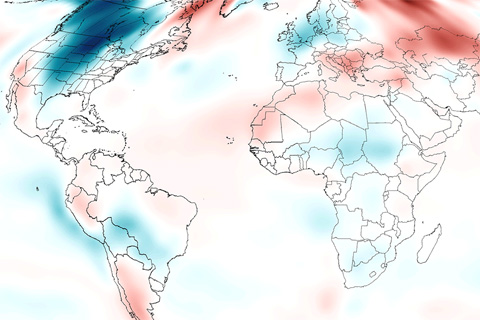
The average global temperature for April 2013 was the 13th highest on record for April at 57.64° Fahrenheit. It also marked the 37th consecutive April and 339th consecutive month (more than 28 years) with a global temperature above the 20th century average. The last below-average April temperature was April 1976 and the last below-average temperature for any month was February 1985.